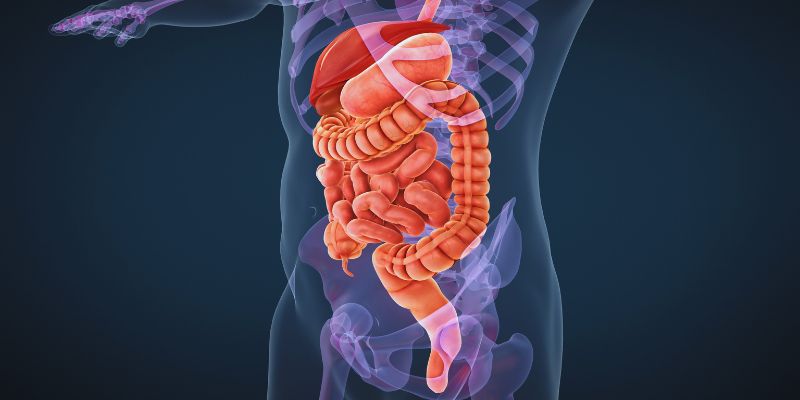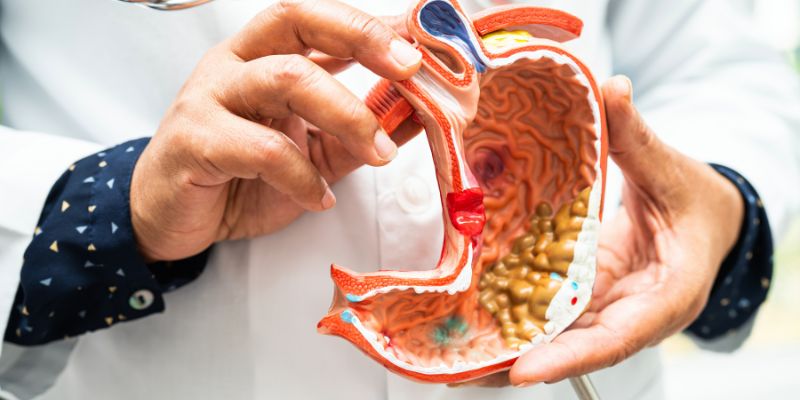One specialized medical treatment is endoscopic retrograde cholangiopancreatography (ERCP). It is important for diagnosing and treating some digestive disorders. The operation combines X-ray technology with endoscopy. This mix lets clinicians precisely inspect the pancreas, bile ducts, liver, and gallbladder.
ERCP is especially helpful for spotting digestive tract blockages, stones, or growths. Its finely detailed images enable clinicians to create precise treatment regimens. This article provides a thorough knowledge of ERCP, together with its applications, advantages, hazards, and expected results. Patients looking for answers to their digestive health issues depend much on ERCP.

What is ERCP?
Endoscopic retrograde cholangiopancreatography, or ERCP, is a diagnostic approach combining X-ray imaging with endoscopy. An endoscopea long, flexible tube with a light and camerais sent down the digestive tract from the mouth during the surgery. It lets the physician view the small intestine, stomach, and esophagus inside. Once set up, the doctor enhances the X-ray images by injecting a unique dye into the bile and pancreatic ducts. This points to any anomalies like inflammation, tumors, or stones. Apart from diagnosis, the ERCP process for digestive health supports some therapies, such as stent placement or stone removal.
When is ERCP Recommended?
When less intrusive diagnostics, such as ultrasounds or CT scans, cannot completely identify the digestive system problem, ERCP is usually advised. It's very beneficial when signs point to bile duct issues such as jaundice, inexplicable stomach pain, or aberrant liver function tests. The operation also helps identify pancreatitis, tumors, and bile or pancreatic duct blockages.
ERCP enables doctors to identify the source of digestive problems by providing thorough, real-time pictures. Faster, more focused therapies follow. ERCP allows doctors to precisely identify the best line of action when diagnosing digestive illnesses, therefore guaranteeing better patient outcomes.
How ERCP Helps in Diagnosing Digestive Diseases
ERCP provides exact digestive system images of important sites. Doctors can clearly see the structure and purpose of the bile ducts and the pancreas by applying dye and X-ray technologies. The minute details depend on detecting problems, including tumors, strictures, or bile duct stones.
For instance, ERCP can show whether a blocked bile duct is the source of a patient's jaundice or ongoing stomach pain. It makes ERCP diagnosis for digestive illnesses a vital instrument in medical treatment. ERCP also lets surgeons treat little stones or apply stents straight during the test. ERCP distinguishes itself from other tests with this dual diagnosis and therapeutic power.
Preparing for an ERCP Procedure
The ERCP process cannot be successful without preparation. Patients must follow particular guidelines, which often call for fasting for at least six hours before the operation. Given that some medications may need to be stopped, doctors will review the patient's medical history and list of current medications. Patients with blood clotting problems may require particular guidance.
Given ERCP calls for sedation, arrangements for post-procedural recovery are especially crucial. Patients should avoid some activities and will require someone to drive them home following the operation. Effective planning guarantees the success and safety of the ERCP operation for digestive health, therefore reducing possible hazards and consequences.

What to Expect During the ERCP Procedure?
The ERCP process usually runs between thirty minutes and an hour. The patient first gets sedation to guarantee comfort. Once she is under anesthesia, the doctor passes the endoscope via the mouth and into the intestinal tract. As it descends, the gadget records live photos reaching the bile and pancreatic ducts. X-rays are taken to obtain clear images of these locations following the injection of a particular dye.
Minor treatments, such as stain installation or stone removal, can be performed during the operation if needed. Though ERCP is usually painless from anesthesia, patients may feel minor pressure. This method guarantees quick and unambiguous results, allowing clinicians to use ERCP in real time to identify digestive problems.
Risks and Complications of ERCP
Although ERCP is regarded as safe, it has some hazards, just like any medical operation. Typical complications are infection, mild to moderate stomach discomfort, or bleeding. ERCP carries an uncommon but major risk related to pancreatitis or inflammation of the pancreas. A few people might potentially react adversely to the dye used during the operation.
Following all pre- and post-procedural rules will help reduce these hazards. Doctors monitor patients both during and after the operation to swiftly handle any side effects. Though there are some hazards, the advantages of ERCP usually exceed them, particularly in cases of diagnosis confirmation or starting important treatment.
Post-Procedure Care and Recovery
Patients are sent to a recovery area to relax following ERCP as the sedative wears off. Usually subsiding in a few hours, they may have a sore throat, slight stomach pain, or nausea. Eating small meals and drinking clean water can help ease discomfort.
Patients should also be alert for any severe symptoms that can point to complications, such as fever, vomiting, or severe stomach ache. Follow-up treatment is crucial for monitoring recovery and guaranteeing the success of the operation. Most patients recover effectively from ERCP with appropriate post-procedural care and resume their regular activities in a few days.
Alternatives to ERCP
Although ERCP is quite good, certain individuals could need other diagnostic choices. Two often used substitutes are EUS (Endoscopic Ultrasound) and MRCP, or magnetic resonance cholangiopancreatography. MRCP uses MRI technology, which is a noninvasive imaging technique that views the bile and pancreatic ducts. Though it is helpful for first diagnosis, it does not enable therapeutic actions.
EUS offers high-quality images free of radiation by combining endoscopy and ultrasonic imaging to produce pictures of the digestive system and adjacent organs. When ERCP is judged too dangerous or if a less intrusive course of action is appropriate, these substitutes might be advised.
Conclusion:
ERCP greatly aids in treating and diagnosing digestive disorders. Endoscopy and X-ray imaging offer a thorough understanding of the bile and pancreatic ducts, which aids in precisely spotting obstructions, stones, or malignancies. Although the operation carries some hazards, the benefits usually exceed the dangers for patients in need of a reliable diagnosis. For people looking for answers to their digestive health issues, ERCP is a vital surgery. Patients who prepare well can have ERCP, knowing it is essential for better intestinal health.










